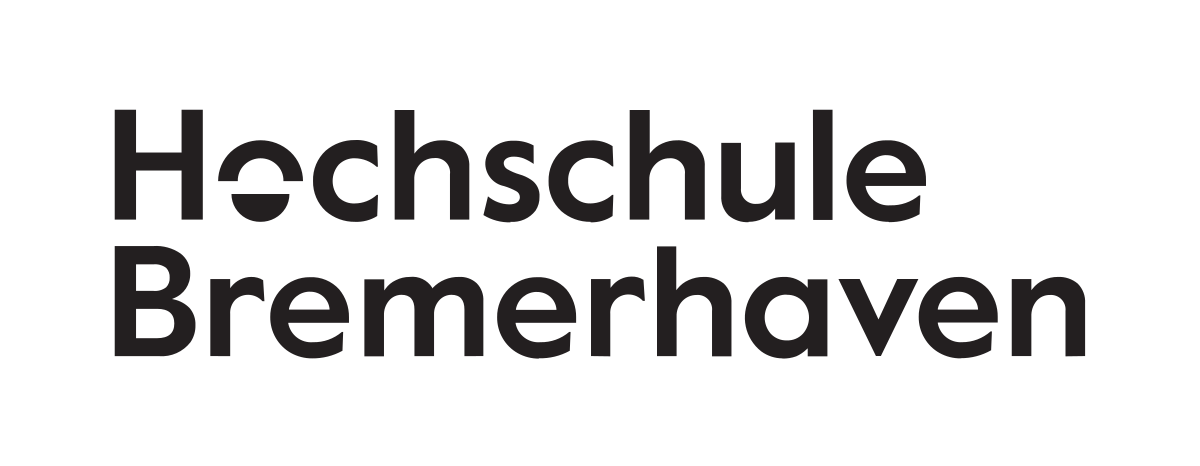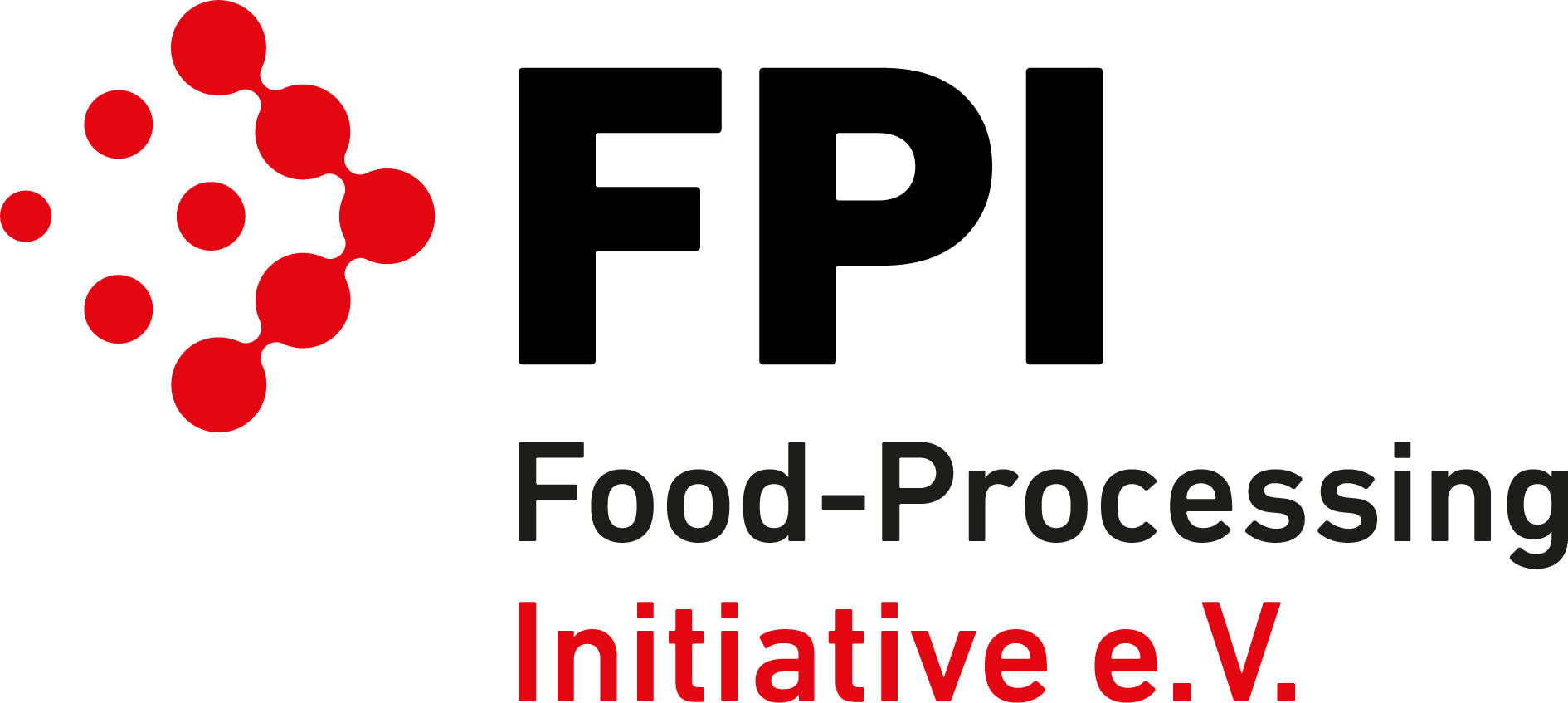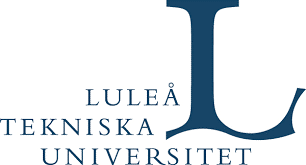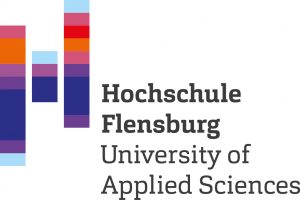Three promising salt-tolerant species – Characteristics and differences
Salt concentration in the culture medium has different effects on biomass production of Tripolium pannonicum, Salicornia spp. and Crithmum maritimum.
Halophytes are, by definition, plants that can complete their life cycle under a salt concentrations of at least 200 mM (11.68 g/L NaCl). The three halophyte species Salicornia spp., Tripolium pannonicum and Crithmum maritimum can be cultivated in saline soils or irrigated with seawater. The plants can also extract salts from the growing medium and thus desalinate soils. Species of the genus Salicornia are obligate halophytes: they need salt for their growth. These species have, e.g., root and stem anatomical features resulting from adaptation to salinity stress. Salicornia europaea produces a fresh biomass of 44 t/ha in 5 weeks after transplanting in hydroponics but increased to 104 t/ha at 10 g/L NaCl and 121 t/ha at 20 g/L NaCl in the culture medium. Tripolium pannonicum also has several mechanisms to cope with salt stress including changes in the anatomical structure, transport and compartmentalization of salt in the vacuole and production of secondary metabolites. Although this species can grow under high saline environments (up to 40 g/L NaCl), its productivity decreases with increasing salinity. Under non-saline conditions the fresh biomass production is 45 t/ha in 5 weeks after transplanting, but it decreases to 36 t/ha at 10 g/L NaCl and to 12 t/ha with 20 g/L NaCl. Crithmum maritimum is also a facultative halophyte; under saline conditions it is able to accumulate sodium in its tissues and increase metabolite production, and also enhances activities of antioxidant enzymes to cope with salt stress. However, biomass production decreases under saline conditions. The biomass productivity is also lower compared to Tripolium and Salicornia. Therefore, the productivity depends on the saline stress conditions as well as the plant species.
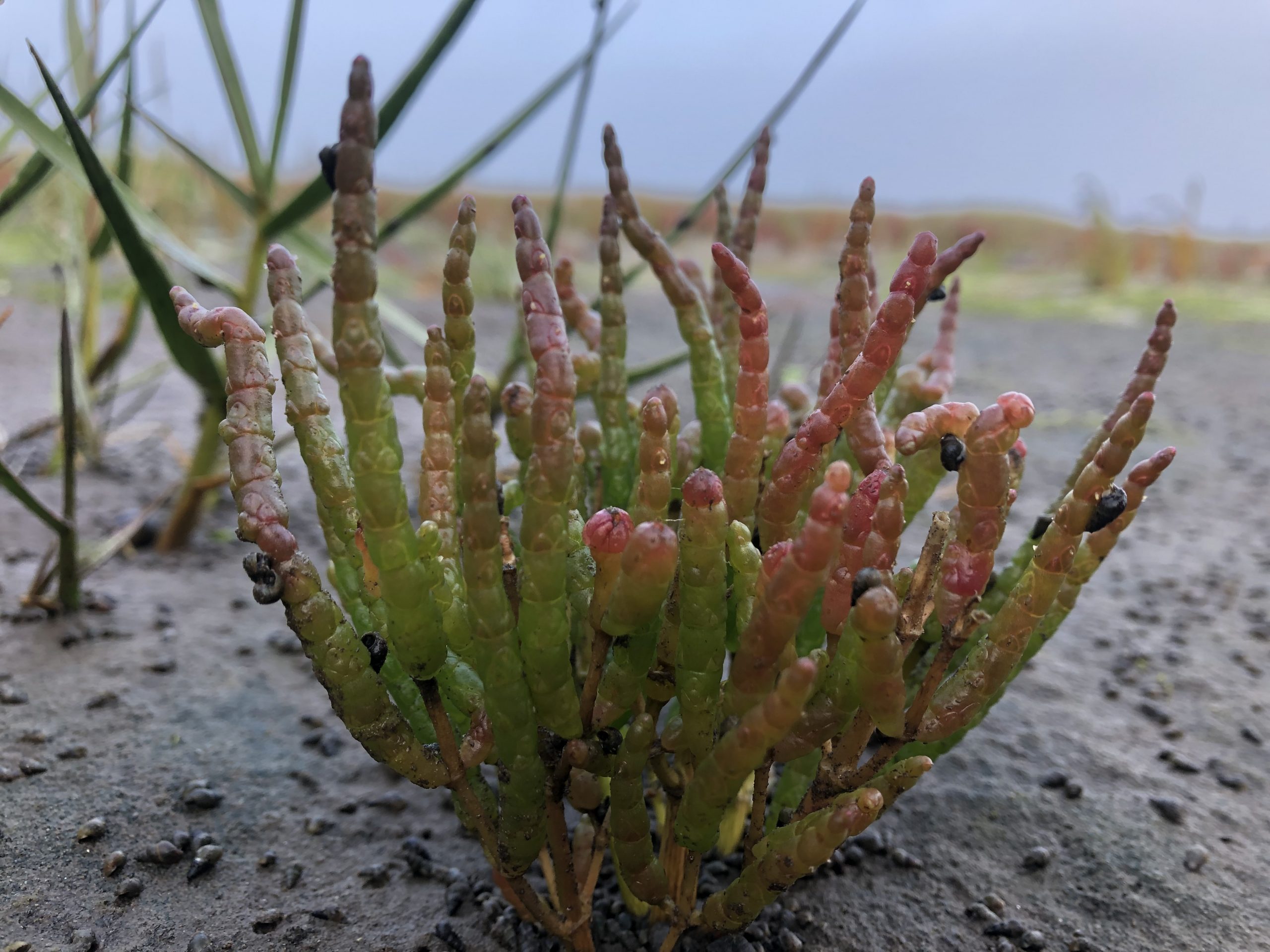
Contact:

Prof. Dr. rer. nat. Jutta Papenbrock
Gottfried Wilhelm Leibniz Universität, Germany
Jutta.Papenbrock@botanik.uni-hannover.de
Acknowledgement
This project has received funding from the European Union’s Horizon 2020 research and innovation programme under Grant Agreement No 862834. Any results of this project reflects only this consortium’s view and the European Commission is not responsible for any use that may be made of the information it contains.







